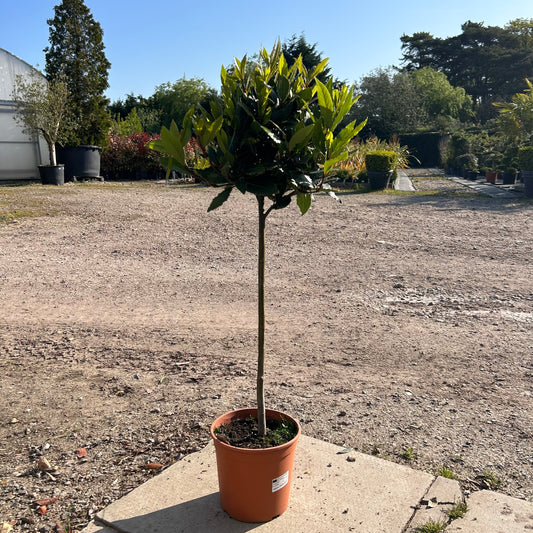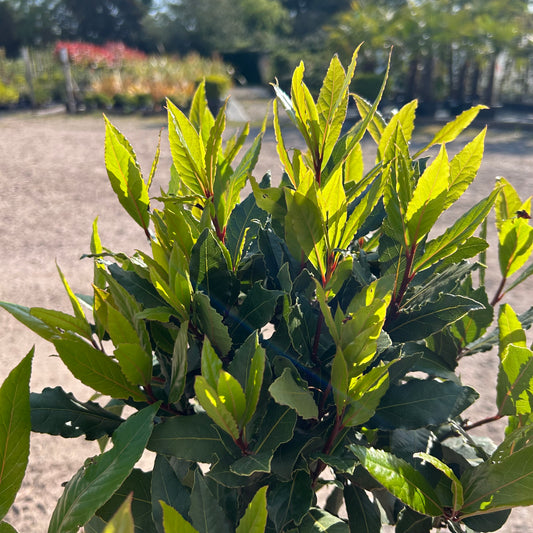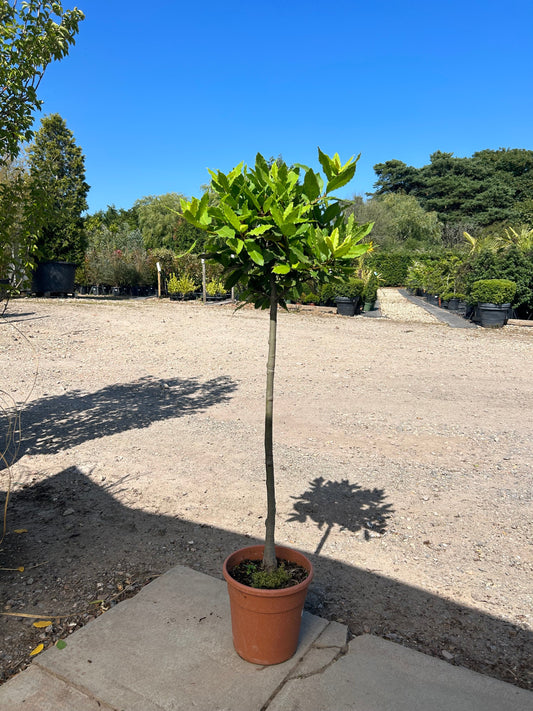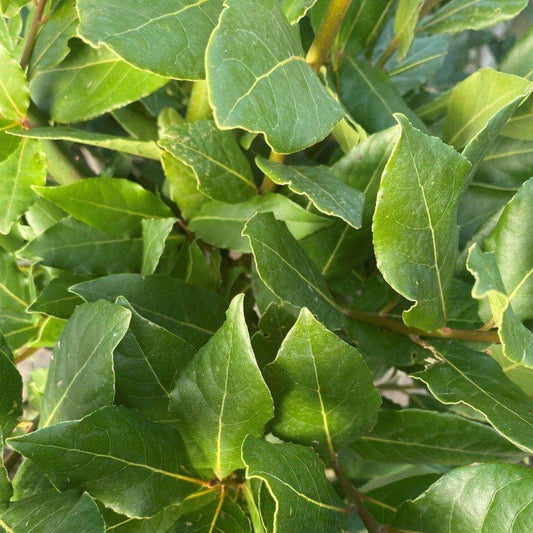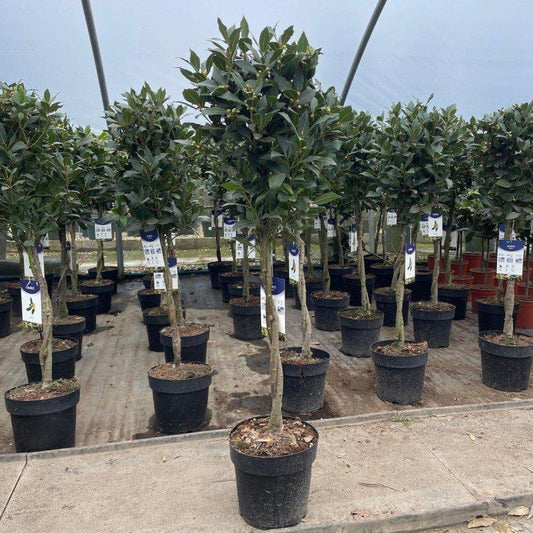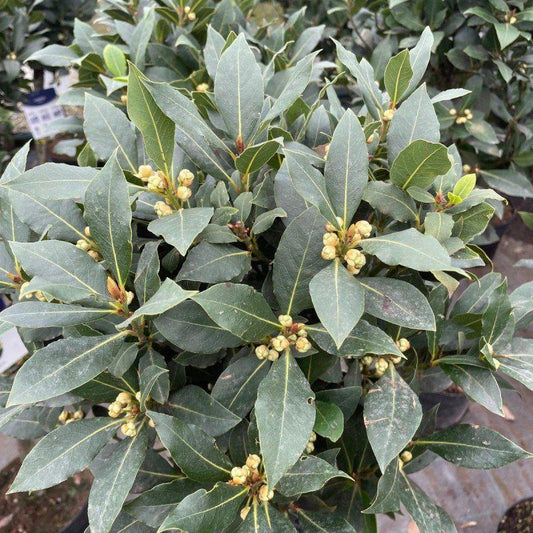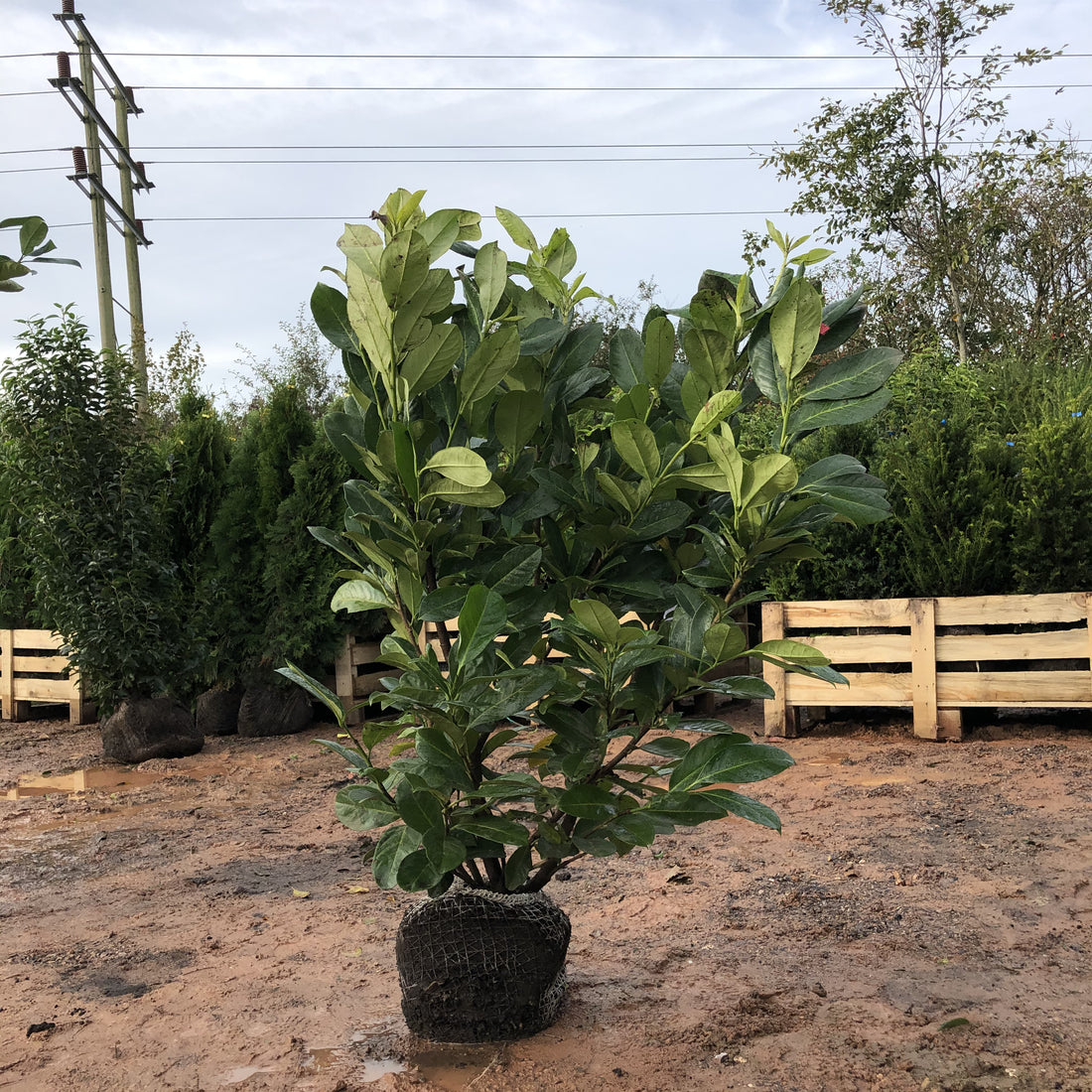Inside this Article:
Choosing the Right Species for Your Rootball Hedge: A UK Guide
Selecting the right species for your rootball hedge is crucial for creating a thriving, beautiful boundary in your UK garden. With the diverse climate and soil conditions across the country, it's essential to choose a species that will not only survive but flourish in your specific environment. This comprehensive guide will help you navigate the various options and make an informed decision for your garden.
Introduction
Rootball hedging offers a great way to establish a mature-looking hedge quickly. However, the success of your hedge largely depends on choosing the right species. This guide focuses on selecting appropriate hedging species for UK gardens, taking into account factors such as climate, soil type, and specific garden needs.
Factors to Consider When Choosing Hedging Species
- Climate and hardiness zones
- Soil type and pH
- Sun exposure
- Growth rate and final height
- Maintenance requirements
- Evergreen vs. deciduous
- Purpose (privacy, windbreak, ornamental, etc.)
- Local wildlife considerations
Popular Rootball Hedging Species for UK Gardens
Evergreen Options
- Yew (Taxus baccata): Classic English hedge, slow-growing but long-lived
- Laurel (Prunus laurocerasus): Fast-growing, great for privacy
- Leylandii (Cupressocyparis leylandii): Rapid growth, requires frequent pruning
- Holly (Ilex aquifolium): Attractive, prickly leaves, good for security
- Box (Buxus sempervirens): Ideal for formal hedges and topiary
Deciduous Options
- Beech (Fagus sylvatica): Retains copper leaves in winter, great autumn colour
- Hornbeam (Carpinus betulus): Similar to beech, more tolerant of wet soils
- Hawthorn (Crataegus monogyna): Native species, excellent for wildlife
- Field Maple (Acer campestre): Native, tolerant of most soil types
- Privet (Ligustrum ovalifolium): Fast-growing, semi-evergreen in mild areas
Species for Specific Needs
Fast-Growing Hedges
For quick results, consider Leylandii, Laurel, or Privet. These species can grow up to 60-90cm per year in ideal conditions. However, remember that faster growth often means more maintenance.
Hedges for Privacy
Laurel, Yew, and Leylandii are excellent choices for creating a dense, private screen. Beech and Hornbeam, while deciduous, retain their leaves in winter, providing year-round coverage.
Coastal Hedges
For gardens near the coast, salt-tolerant species are crucial. Consider Griselinia littoralis, Eleagnus ebbingei, or Sea Buckthorn (Hippophae rhamnoides) for exposed coastal sites.
Wildlife-Friendly Hedges
Native species are best for supporting local wildlife. A mixed hedge including Hawthorn, Blackthorn, Dog Rose, and Holly provides food and shelter for birds and insects.
Planting and Care Tips
- Plant rootball hedges between November and March for best results
- Prepare the soil well, removing weeds and incorporating organic matter
- Water regularly during the first growing season
- Apply a thick layer of mulch to retain moisture and suppress weeds
- Prune at the appropriate time for your chosen species to encourage dense growth
Frequently Asked Questions
Which hedging species grows the fastest in the UK?
Leylandii (Cupressocyparis leylandii) is known for its rapid growth rate, often growing up to 75-90cm per year. However, it requires frequent pruning to maintain its shape and size.
What's the best evergreen hedging species for privacy in UK gardens?
Laurel (Prunus laurocerasus) is an excellent choice for privacy. It's fast-growing, evergreen, and creates a dense screen. Yew (Taxus baccata) is another great option, offering year-round coverage and a classic English garden look.
Are there any native UK species suitable for rootball hedging?
Yes, several native species work well for rootball hedging. Beech (Fagus sylvatica), Hornbeam (Carpinus betulus), and Hawthorn (Crataegus monogyna) are all native to the UK and make excellent hedges.
Which hedging species is best for coastal areas in the UK?
Griselinia littoralis is an excellent choice for coastal areas as it's tolerant of salt-laden winds. Eleagnus ebbingei and Sea Buckthorn (Hippophae rhamnoides) are also good options for coastal hedging.
What's a good hedging species for wildlife in UK gardens?
Mixed native hedging is best for wildlife. A combination of Hawthorn, Blackthorn (Prunus spinosa), Dog Rose (Rosa canina), and Holly (Ilex aquifolium) provides food and shelter for various bird and insect species.
Conclusion
Choosing the right species for your rootball hedge is a crucial step in creating a beautiful, functional, and long-lasting garden feature. By considering factors such as your local climate, soil conditions, and specific needs, you can select a hedging species that will thrive in your UK garden. Remember that proper planting and care are essential for the success of any hedge, regardless of the species chosen.
For more information on rootball hedging, including planting techniques and care tips, be sure to check out our comprehensive guide for UK gardeners.


